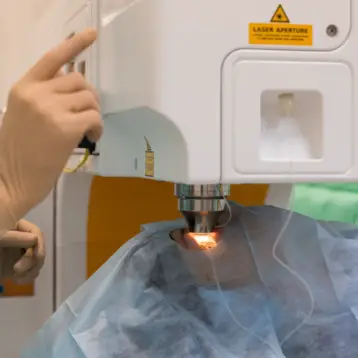Prof. Chang Jin Kim, in collaboration with Yen-Wen Lu, an Assistant Professor at Rutgers University, worked on the development of the current generation of “hands” for three years. After being demonstrated at Expo 2005 in Aichi, Japan, the project attracted the attention of R&D Company Intelligent Optical Systems (IOS), and later received government funding, which helped to further develop the technology.
The microhand has four tiny “fingers” that the operator can choose to open or close by regulating the air pressure. The “hand” is constructed out of pieces of silicon and polymer balloons. The balloons are connected by narrow channels through which air is pumped either in or out.
The “hand” was demonstrated on sushi, because it has similar characteristics to a biological environment. The fact that it managed to separate a single egg from the sticky substance proved its ability to function in a liquid, viscous environment where it needs to be able to grab and separate delicate objects.
The next-generation hand is being developed by Kim’s Ph.D student Wook Choi, who is currently working on a larger device about five millimeters wide. In collaboration with IOS, Choi recently demonstrated the first microhand prototype that has an “eye” at its center, allowing the operator to see exactly what the microhand “sees”. This invention could indeed prove to be a very useful tool in microsurgery.
TFOT recently covered another related invention – a unique robot developed at the John Hopkins Urology Robotics Lab. This unique robot uses high accuracy and stability along with MRI vision in order to remove tumors which are too small to be seen by the naked eye.
Further information on the microhand can be found on UCLA’s website.









